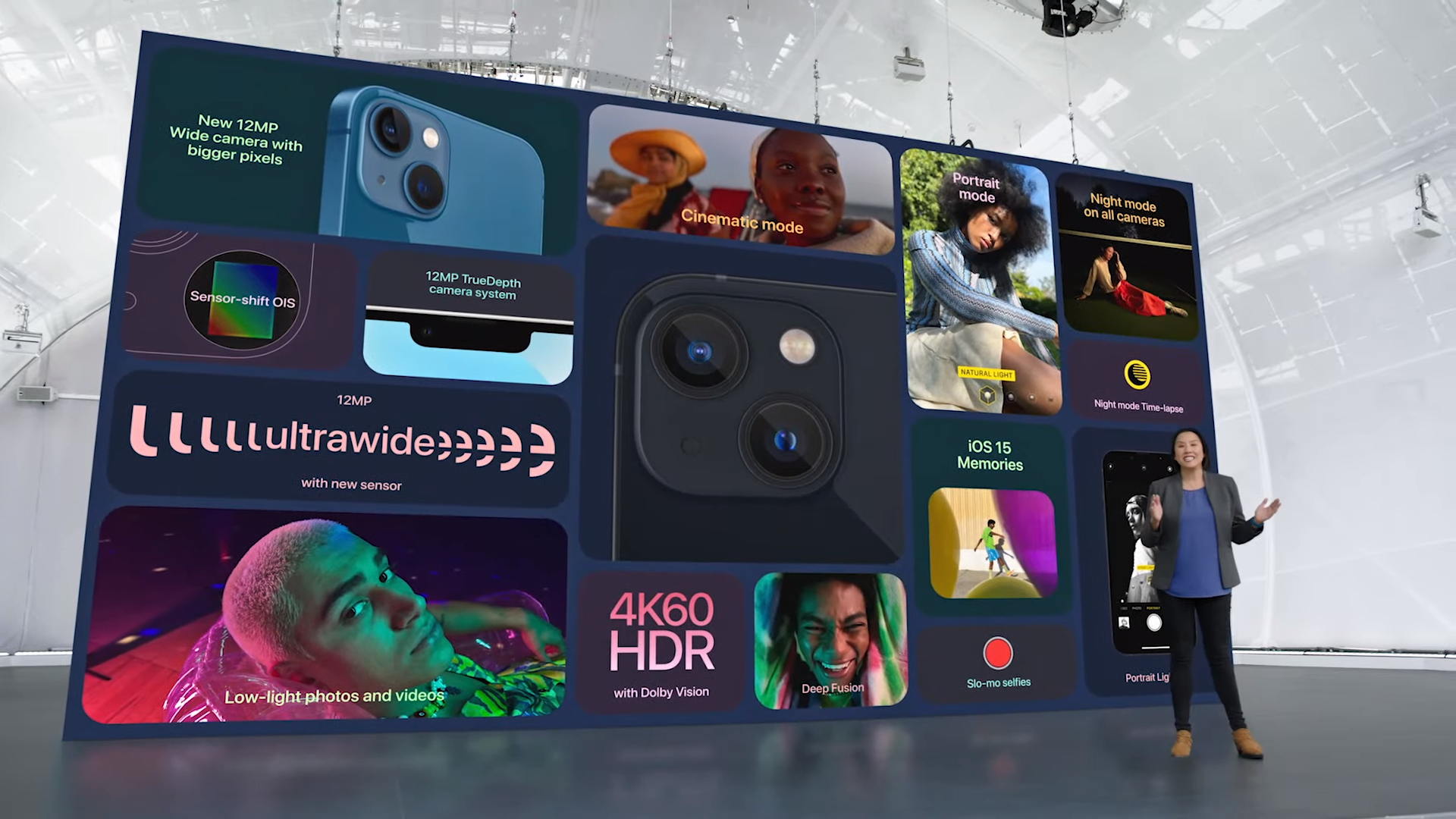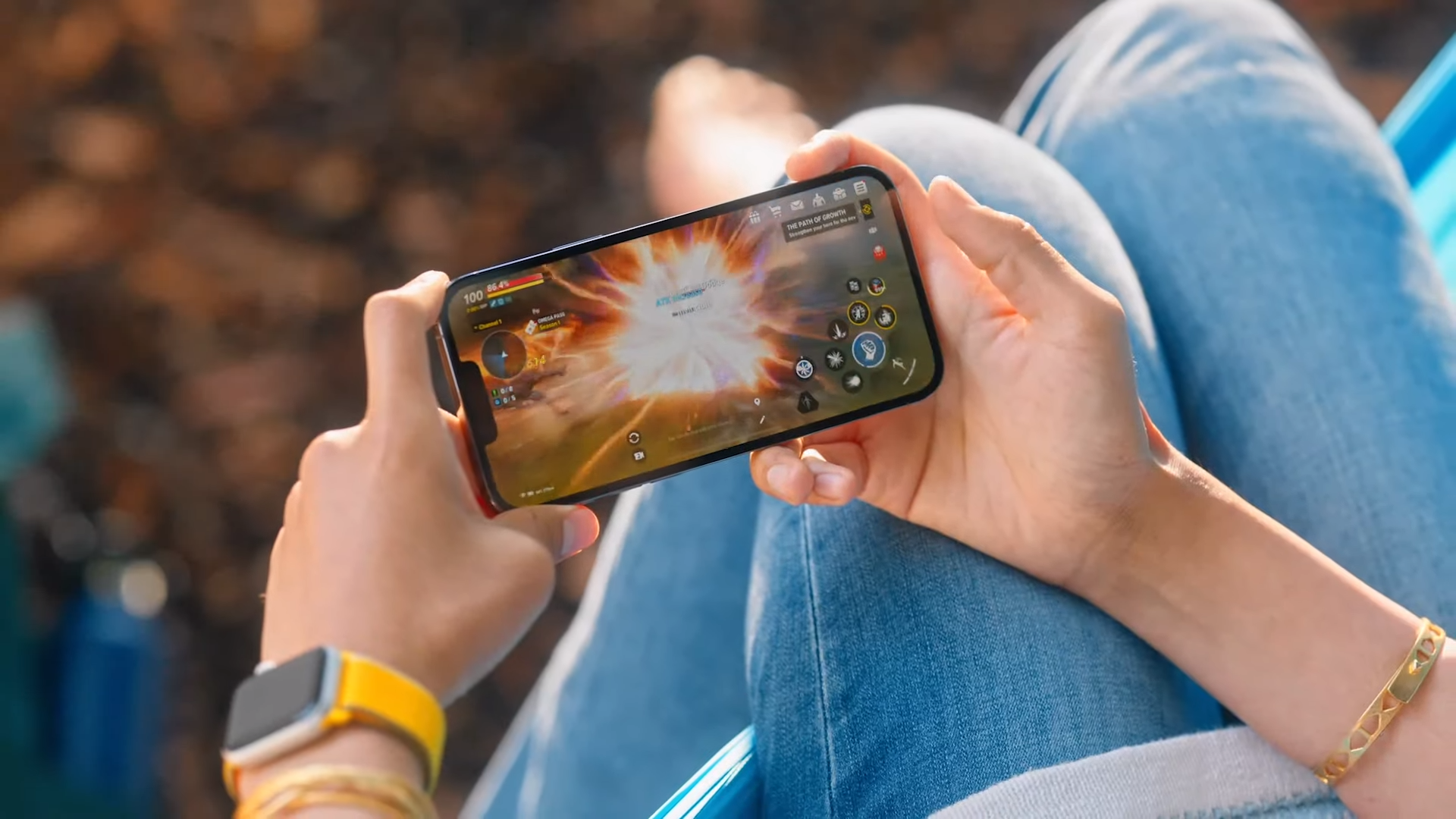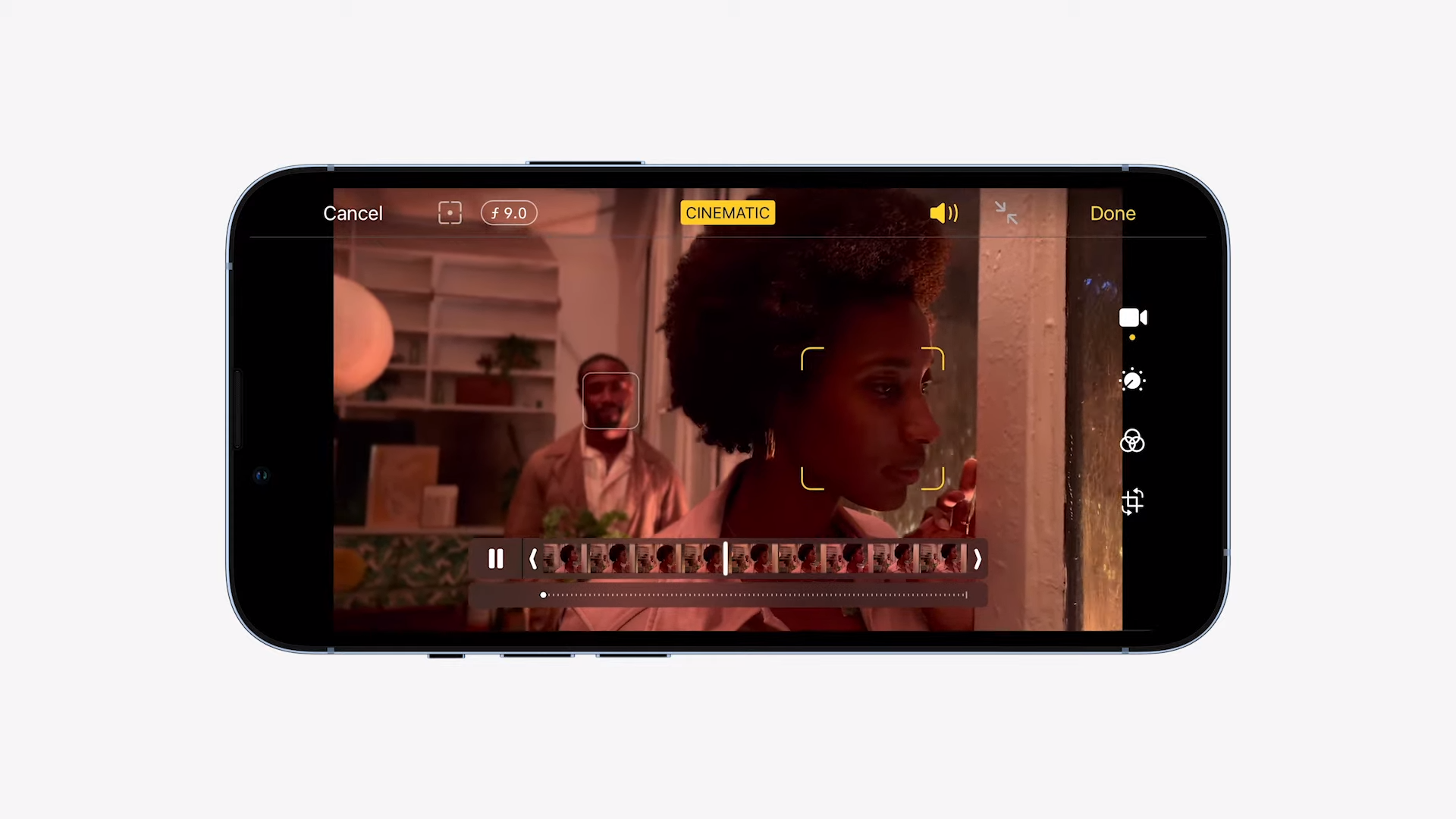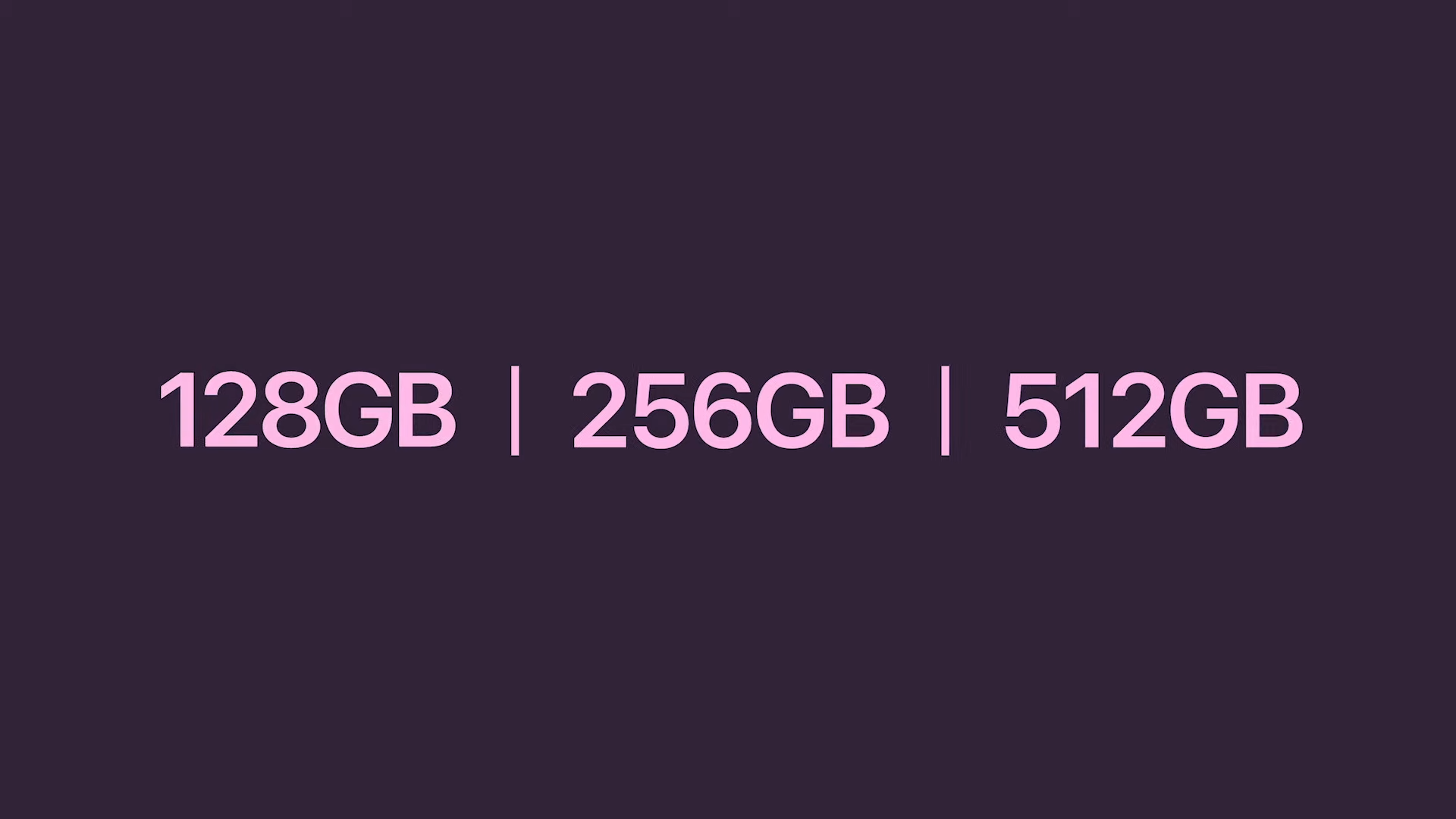iPhone 13: 3 upgrades that matter and 3 that don't
Which iPhone 13 features should matter to you?

Apple announced the iPhone 13 at its “California Streaming” event this week, and as always, the superlatives were flying. The iPhone 13 Pro and iPhone 13 Pro Max are “the most Pro iPhones ever,” and the iPhone 13 and iPhone 13 mini are naturally also the best iPhones that Apple has ever made.
While I’m not sure that even Apple knows what “Pro” means to it anymore, the latter point would be hard to argue with; these are almost certainly the best iPhones ever made. Across all four iPhone 13 models, there are upgrades that could have a meaningful impact on your day-to-day usage. Still, as usual, Apple highlighted some upgrades that just won’t matter for the vast majority of users.
We’re going to take a closer look at some of the features that Apple spent the most time on during the announcement and let you know whether this is something you should care about or not, which should help you decide if the iPhone 13 is right for you.
- Best smartphones in 2021
- Best iPhone 13 pre-order deals — Verizon, T-Mobile, AT&T, and Sprint
- The best phone deals in September 2021
iPhone 13 upgrades that matter
Let’s kick things off with the positives. These upgrades will make for a better user experience for anyone who buys the iPhone 13. There are certainly other minor improvements like the brighter displays, expanded Night mode, new 1TB storage tier, and more. But these are the most significant improvements that will affect everyone.

New camera tech
Saying “camera tech” is casting a somewhat wide net as there were quite a few upgrades to the iPhone 13 camera hardware. These are by far the most significant upgrades to the entire lineup.
The most significant change is the addition of sensor-shift optical image stabilization (OIS) to every iPhone 13 model. This feature was exclusive to the iPhone 12 Pro Max last year and is still basically unmatched by competitors.
Sign up to receive The Snapshot, a free special dispatch from Laptop Mag, in your inbox.
The new sensor-shift OIS should offer even better low-light photography across the iPhone 13 and, of course, better stabilization in video. Working in tandem with the improved sensors on the iPhone 13, there’s a strong chance that Apple will hold the low-light photography crown for this generation of smartphones, particularly on the iPhone 13 Pro and iPhone 13 Pro Max, which now feature an f/1.5 aperture primary wide-angle camera. iPhone 13 and iPhone 13 mini buyers shouldn’t feel too left out with the new f/1.6 wide-angle and an identical f/2.4 aperture ultra-wide to the Pro models.

Focusing on the iPhone 13 Pro and iPhone 13 Pro Max, the other significant change is that these two phones have identical camera arrays this year. Finally, choosing the smaller Pro doesn’t leave you short on features. These features include moving to a 3x optical zoom, up from 2x on the iPhone 12 Pro and 2.5x on the iPhone 12 Pro Max. This gives the iPhone Pro models a 6x optical zoom range from the ultra-wide up to the telephoto, which isn’t going to match with the Galaxy S21 Ultra, but it’s a closer conversation.

Larger batteries
As usual, Apple doesn’t offer the specs for its batteries. We’ll need to wait for the teardowns to come through before we know how much bigger the batteries are versus the iPhone 12 models, but this upgrade is sorely needed. Except for the iPhone 12 Pro Max, all of last year’s iPhones offered below-average battery life unless you turned off 5G.
While I’m sure Apple’s battery specs will still come in well below the flagship Android competition. Hopefully, it has done enough to get the iPhone 13 models up to the standards of the iPhone 11 and earlier models. That would roughly align with Apple’s claims that battery life on the iPhone 13 Pro and iPhone 13 mini will get a 1.5-hour boost, and the iPhone 13 and iPhone 13 Pro Max will jump up about 2.5 hours. We’ll be testing all of this with both our official Laptop Mag battery test and real-world testing in our reviews, but for now, we will take Apple at its word that battery life will be much better.

120Hz displays
The 120Hz display refresh rate is the only feature that I’m highlighting exclusive to the iPhone 13 Pro and iPhone 13 Pro Max. But as we’ve seen with the last two years or so of Android flagships, a 120Hz refresh rate is transformative. The new ProMotion display in the iPhone 13 Pro and iPhone 13 Pro Max matches the Galaxy S21 Ultra’s ability to scale from 10Hz up to 120Hz based on the content. A static image or webpage can drop it all the way to 10Hz, while a high frame rate video or game can push it to its 120Hz top limit.
Turning briefly back to the previous section, that should crucially prevent these new high refresh rate displays from decimating the battery life on the Pro models again, something that was a big problem for the first generation 120Hz displays. Apple’s had plenty of time to learn these lessons as it rolled out ProMotion on the iPad Pro over four years ago now.

iOS famously offered a smoother user experience than Android. However, that hasn’t been true at the high-end for the last couple of generations as the 60Hz displays of the iPhone just couldn’t compete. We expect to see Apple regain its advantage here with the Pro models.
If you don’t want to spend the extra money for the iPhone 13 Pro models and are on the fence about upgrading, this feature may be coming to the standard models with iPhone 14. Particularly if you only upgrade your phone once every three years or more, this is a feature worth waiting another year for if you aren’t in dire need of a new phone.

iPhone 13 upgrades that don’t matter
A15 Bionic
Hear me out on this one. Yes, it will be the most powerful mobile processor on the market this year, just like the A14 Bionic was before it. The problem isn’t that the A15 Bionic will disappoint; it just doesn’t matter because the A14 Bionic is already more powerful than is necessary for any task that you can throw at your iPhone. The iPhone 12 already crushed every benchmark and real-world task that we threw at it, the iPhone 13 will no doubt crush them further, but I don’t expect it to be improved enough to be perceptible in day-to-day usage.
Lending further credence to this belief, Apple predominantly stuck to vague comparisons to unnamed competitors and throwback comparisons to the A12 Bionic. During the iPad mini 6 segment, Apple claimed the tablet offers a 40% performance increase over the iPad mini 5 (A15 vs. A12). That’s identical to the claims it made about the A14 Bionic vs. the A12 Bionic last year. That may ignore some of the artificial intelligence and machine learning capabilities that the 16-core Neural Engine likely speeds up, but at least at this stage, I’m unconvinced that those are differences that will be perceptible in daily use either.
This advice is for someone considering upgrading to an iPhone 12 with prices on those models presumably dropping or someone considering an upgrade from the iPhone 11 or iPhone 12. Don’t let performance be a guiding factor for you to pick the iPhone 13; it’s not going to make enough of a difference to be worth the added cost.

Smaller notch
The iPhone 13 notch did get smaller, and sure any size-reduction to it is better, but 20% smaller just doesn’t make a meaningful difference. Rumors suggesting that it may be up to 50% smaller than the current notch set expectations too high here, but regardless the minor change isn’t likely to move the needle if you are bothered by the notch.
Given the numerous rumors suggesting that Apple may move to a hole-punch front-facing camera next year; if the smaller notch seemed like a selling point to you, then holding off for iPhone 14 may be the right move for you.

Advanced video and photo features
Some content creators will appreciate new video features coming to iPhone 13, like ProRes support and Cinematic mode. However, despite earning a fair amount of stage time at the announcement with Oscar-winning director Kathryn Bigelow and Emmy-winning cinematographer Greig Fraser highlighting the tech, I expect the vast majority of iPhone 13 owners will never touch either feature. That doesn’t mean they shouldn’t exist, there’s a reason the iPhone is the dominant platform for mobile video creators, but it’s simply not something that should be motivating an iPhone 13 purchase for most people.
Another update that Apple highlighted during the camera portion of the event was its new photographic styles feature. Think of it as a photo filter that you apply before you take the picture. At least at first blush, this feels like a feature you will need to remind people exists in about two months. Baking in a filter to your photos, rather than having the freedom to apply a filter later just doesn’t feel like something most will want to do long term. The iPhone 13 cameras could be class-leading, and Apple’s computational photography is encroaching on Google’s, but this feels like an unnecessary gimmick.

Bonus: iPhone 13 and iPhone 13 mini upgrade that matters
I don’t like ending on a down note, so I’m tossing in one bonus upgrade that is just for iPhone 13 and iPhone 13 mini buyers and that is that the base tier is now 128GB of storage. Best of all the prices are holding the same, so now for $699 and $799 respectively you get the iPhone 13 mini and iPhone 13 with 128GB, rather than the 64GB that Apple has been seemingly locked at forever. This is a long-overdue change, but nevertheless, we’re happy to see it.
Sean Riley has been covering tech professionally for over a decade now. Most of that time was as a freelancer covering varied topics including phones, wearables, tablets, smart home devices, laptops, AR, VR, mobile payments, fintech, and more. Sean is the resident mobile expert at Laptop Mag, specializing in phones and wearables, you'll find plenty of news, reviews, how-to, and opinion pieces on these subjects from him here. But Laptop Mag has also proven a perfect fit for that broad range of interests with reviews and news on the latest laptops, VR games, and computer accessories along with coverage on everything from NFTs to cybersecurity and more.

